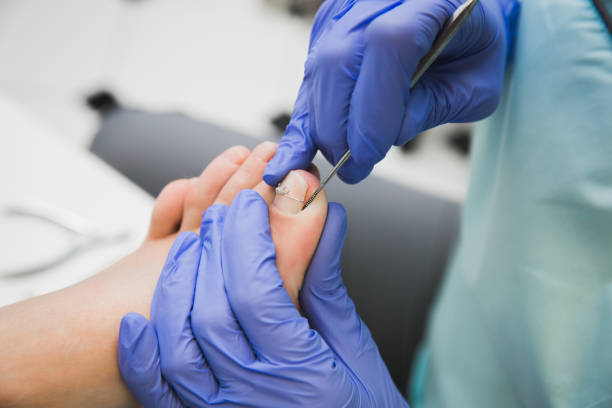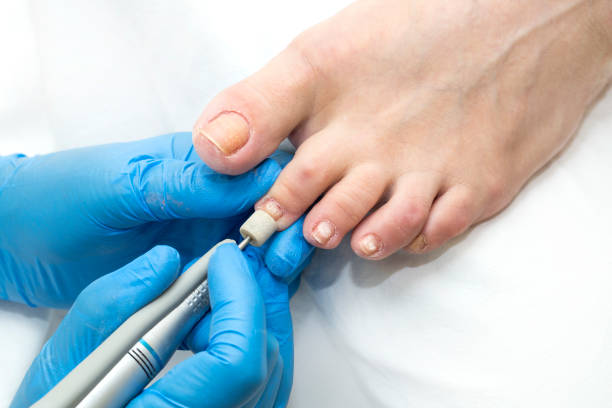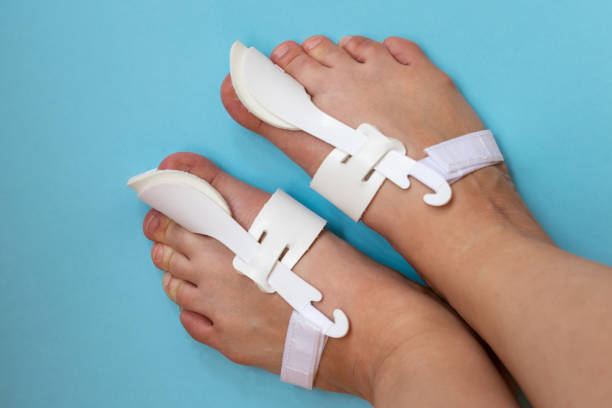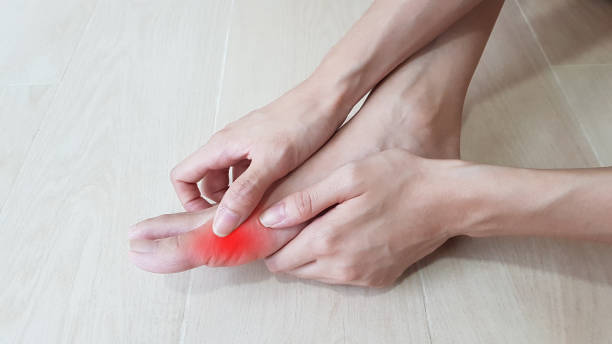How Podiatrists Keep Your Feet Healthy and Happy
Foot health and hygiene is often ignored until something goes wrong. It’s important to regularly visit a podiatrist to avoid problems in the long run.
Keep feet healthy and happy by washing them daily, drying them thoroughly, and applying a moisturiser containing urea. Pumice stones and foot files can also be helpful in removing calluses.

Pain
A podiatrist is a foot specialist who has undergone 4 years of medical school training. This includes podiatric medicine and hospital residency. They specialize in foot and ankle injuries and conditions such as shin splints, bunions, and Achilles tendinitis.
Many people assume sore feet are just a normal part of life, but this is not true. Pain in the feet is your body’s signal that something is wrong. Whether the pain is caused by a hereditary condition, repetitive motions at work or during exercise, improper footwear or an injury, you should see a podiatrist for help.
Your podiatrist can diagnose the problem and develop a treatment plan to relieve your symptoms. During your first appointment, they will review your medical history and do a basic physical exam of your feet. They may also take X-rays or other imaging tests to get a closer look at your foot and ankle joints.
Podiatrists can recommend a wide variety of treatments, including custom orthotics to support painful or arthritic joints, lessen toe pressure, and prevent bunions. They can even suggest shoe inserts to prevent hammertoes and help you keep your shin splints at bay. A podiatrist can also recommend stretching exercises and strategies to prevent your pain from worsening while exercising. This way, you can continue to enjoy your favorite activities.
Shin Splints
Foot problems tend to get worse over time if they are left untreated. Regular visits to your podiatrist can prevent or catch foot problems before they become serious.
Shin splints are pain and tightness in the front of your lower leg, usually along the shin bone. This condition is common in runners and people who take up vigorous exercise after a long period of being sedentary. The muscles, tendons and bones are overworked and this leads to inflammation.
Treatment for shin splints includes RICE (rest, ice, compression and elevation) to help reduce inflammation and relieve pain. Your podiatrist may recommend a program of physiotherapy, muscle stretching/strengthening, footwear advice and Custom Foot Orthotics to address the underlying cause of the symptoms and provide relief.
Other ways to care for your feet include washing them daily with warm soapy water, drying them thoroughly and especially in between the toes. Applying a good quality moisturiser, particularly one with urea is also helpful to keep skin healthy and supple. Trimming toenails straight across and not rounding the edges helps to avoid ingrown toenails. Finally, wearing shoes that fit well and not over-pronating when you walk or run can reduce the occurrence of shin splints.

High Arch
High arches, also called pes cavus, are the result of excessive flexion in the arch that causes it to rise up above the level of the rest of the foot. People with high arches don’t have the typical flat footprint when they walk, and instead put most of their weight on their heels and the balls of their feet. This can lead to a variety of problems, including poor balance and stability, supinate gait (a tendency to roll outward as you take a step), and increased risk for ankle sprains.
It is important to see a podiatrist if you have high arches and are experiencing pain. Podiatrist Brisbane North will be able to evaluate your foot and create a treatment plan that is best for you.
In some cases, the doctor will recommend physical therapy to improve foot flexibility and strength and help with balance. In other cases, custom orthotic devices will be recommended to redistribute pressure and support the arch of the foot. The podiatrist may also suggest a heel lift in certain shoes to reduce the amount of pressure placed on the ball of the foot and heel. Often, this is the only treatment required to reduce pain caused by high arches. This will help prevent future aches and pains as well as reduce the likelihood of developing hammertoes, claw toes, and other foot conditions.
Neuromas
Podiatrists are also trained in wound care, including treating diabetic foot problems that can lead to serious infection. They use proper techniques for assessing and treating these wounds, as well as providing the correct treatment options to promote fast healing.
A neuroma, or a thickening of the nerve tissue in the foot, is another common problem that podiatrists treat. Often found between the toes (especially between the 3rd and 4th), a neuroma causes pain, tingling or numbness in the ball of the foot. The condition is caused by compression or irritation of the small nerves that travel through the spaces between the metatarsals, long bones behind the toes. This can be exacerbated by wearing shoes with a tight toe box, participating in sports that involve repetitive stress on the foot or having certain foot deformities like bunions, hammertoes or flat feet.
The first step to managing neuroma pain is removing pressure from the area. This can be done by changing footwear, adding foam or felt inserts in shoes, using a metatarsal dome, avoiding tight shoes or high heels, doing foot and toe stretches and mobilisation or a combination of these treatments. Once the pain has settled, your podiatrist may then suggest sclerosing injections or laser therapy to shrink the neuroma. If conservative treatments don’t help, surgery may be required.

